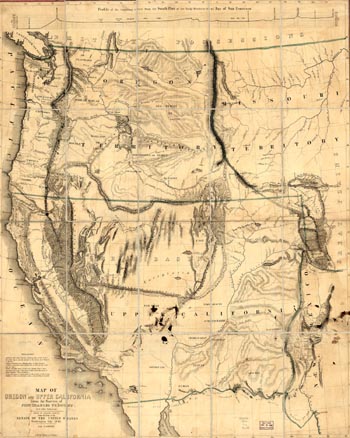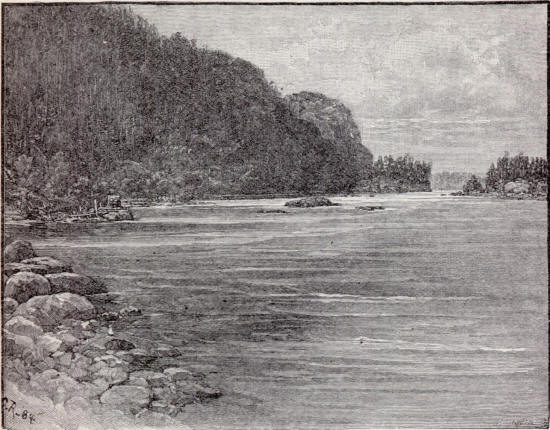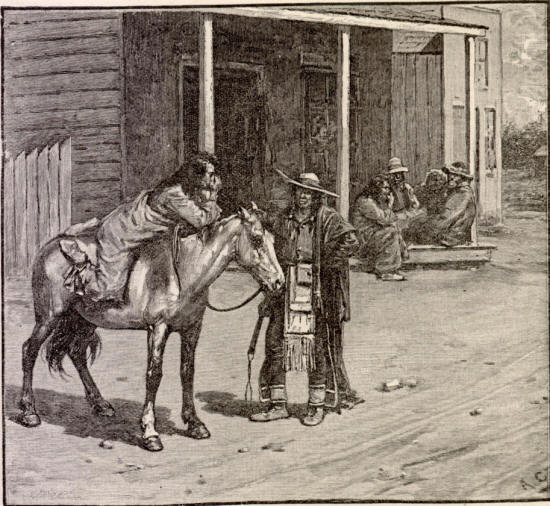History of Oregon
![]()
This Site:
|
SCENE ON THE COLUMBIA RIVER, DISCOVERED BY CAPTAIN GRAY.In 1833 immigration to this region, overland, began, and in 1850 many thousands had reached Oregon; but very soon many of the settlers were drawn to California by the gold excitement there. To encourage immigration the Congress, in 1850, passed the " donation law," giving to every man who should settle on land there before Dec. 1 of that year 320 acres of land, and to his wife a like number of acres; also, to every man and his wife who should settle on such land between Dec. 1, 1850, and Dec. 1, 1853, 160 acres of land each. Under this law 8,000 claims were registered registered in Oregon. Settlers in Oregon and in Washington Territory, in 1855, suffered much from Indians, who went in bands to murder and plunder the white people. The savages were so well organized at one time that it was thought the white settlers would be compelled to abandon the country. Major-General Wool, stationed at San Francisco, went to Portland, Ore., and there organized a campaign against the Indians. The latter had formed a powerful combination, but Wool brought hostilities to a close during the summer of 1856. The bad conduct of the Indian agents, and possibly encouragement given the Indians by employees of the Hudson Bay Company, were the chief causes of the trouble. OREGON INDIANS.In 1841 the first attempt to organize a government was made. In 1843 an executive and legislative committee was established; and in 1845 the legislative committee framed an organic law which the settlers approved, and this formed the basis of a. provisional government until 1848, when Congress created the Territory of Oregon, which comprised all the United States territory west of the summit of the Rocky Mountains and north of the forty-second parallel. The territorial government went into operation on March 3, 1849, with Joseph Lane as governor. In 1853 Washington Territory was organized, and took from Oregon all its domain north of the Columbia River. In 1857 a convention framed a State constitution for Oregon, which was ratified, in November of that year, by the people. By the act of Feb. 14, 1859, Oregon was admitted into the Union as a State, with its present limits. Many Indian wars have troubled Oregon, the last one of importance being the Modoc War, 1872–73. Population in 1890, 313,767; in 1900, 413,536. |
![]()
|
Site Copyright © 2003-2018 Son of the South. For questions or comments, contact paul@sonofthesouth.net. |
|
|
|
Are you Scared and Confused? Click Here to read My Snake Story, a story of hope and encouragement, to help you face your fears. |
||


